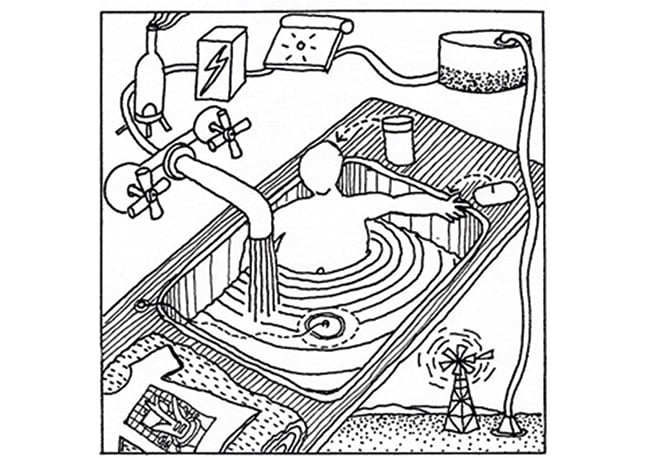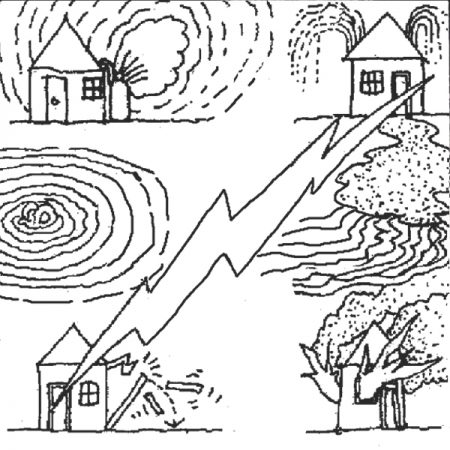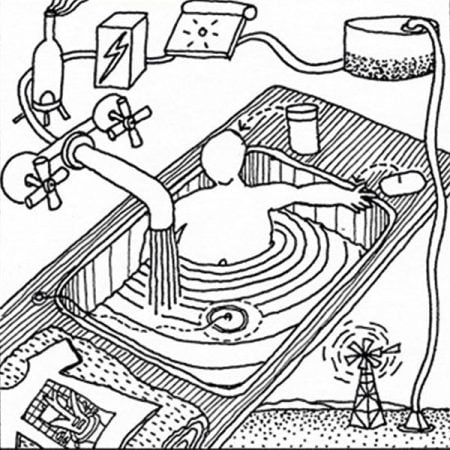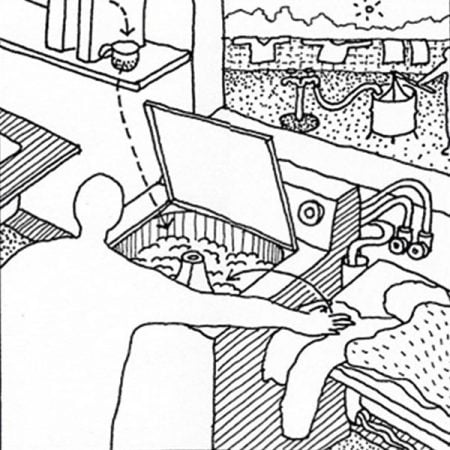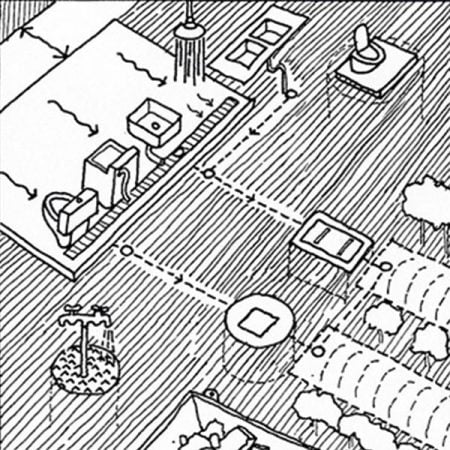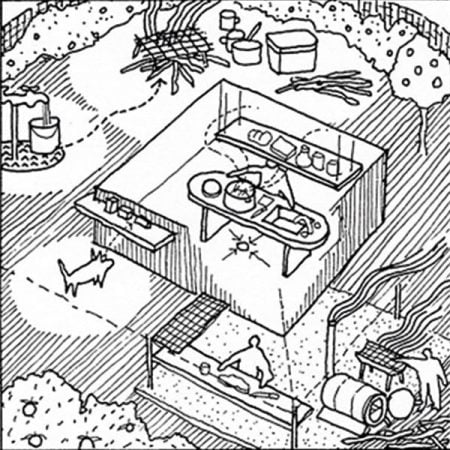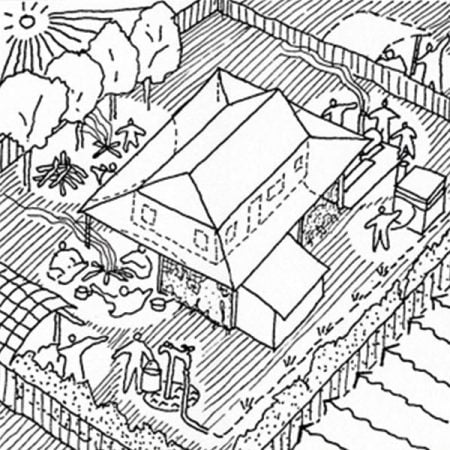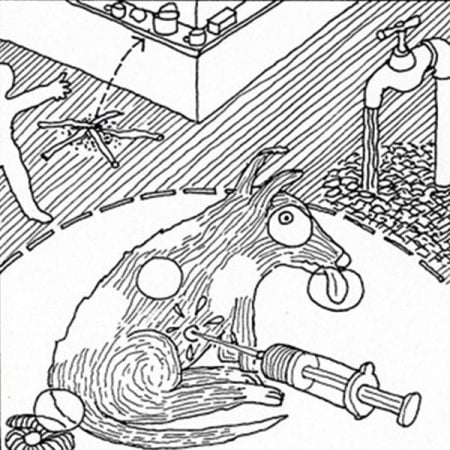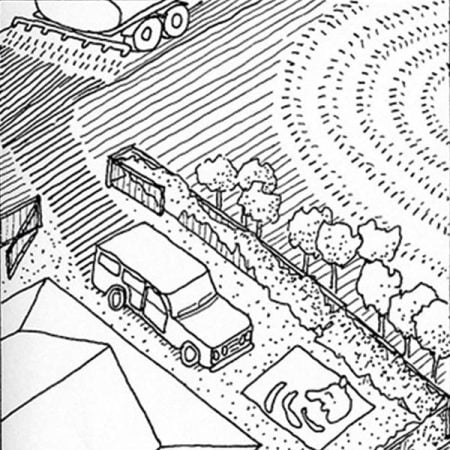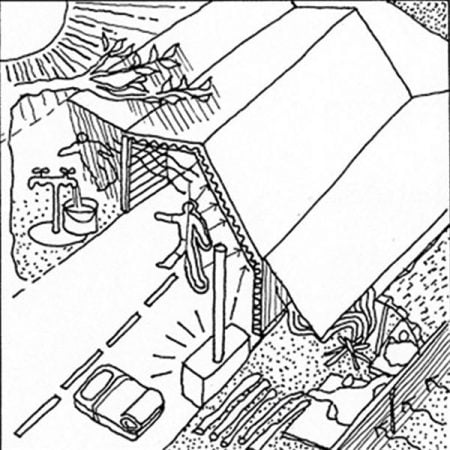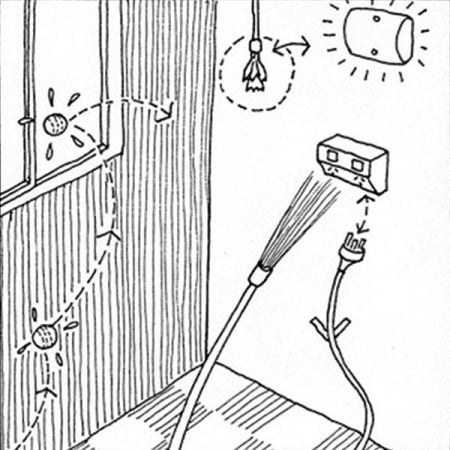Being able to use functioning washing facilities reduces the spread of diseases, including diarrhoeal disease, respiratory disease, hepatitis and infections. The rates of these diseases in some Australian Indigenous communities are as high as in many developing countries and are many times higher than for non-Indigenous children. Diarrhoeal and respiratory diseases, in particular, are the major causes of illness amongst Indigenous children and also play a major role in the malnutrition experienced in the first three years of life.
The health hardware required to support the first Healthy Living Practice: the ability to wash people, particularly children includes, but not limited to, a private, functional wet area with hot and cold water supply, shower, a bath or tub for washing children, a hand basin, and working drainage.
Read more via Housing for Health – The Guide:
A design and specification tool for anyone worldwide who is interested in the detailed links between housing and health.
Learn More

